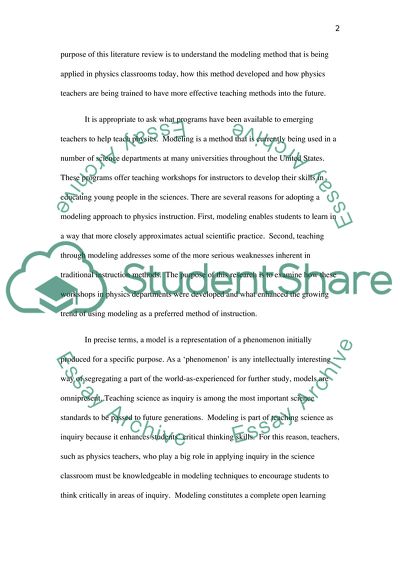Cite this document
(The Development of Teaching Physics through Modeling as Pedagogical Me Essay, n.d.)
The Development of Teaching Physics through Modeling as Pedagogical Me Essay. Retrieved from https://studentshare.org/education/1717848-2nd-draft
The Development of Teaching Physics through Modeling as Pedagogical Me Essay. Retrieved from https://studentshare.org/education/1717848-2nd-draft
(The Development of Teaching Physics through Modeling As Pedagogical Me Essay)
The Development of Teaching Physics through Modeling As Pedagogical Me Essay. https://studentshare.org/education/1717848-2nd-draft.
The Development of Teaching Physics through Modeling As Pedagogical Me Essay. https://studentshare.org/education/1717848-2nd-draft.
“The Development of Teaching Physics through Modeling As Pedagogical Me Essay”, n.d. https://studentshare.org/education/1717848-2nd-draft.


